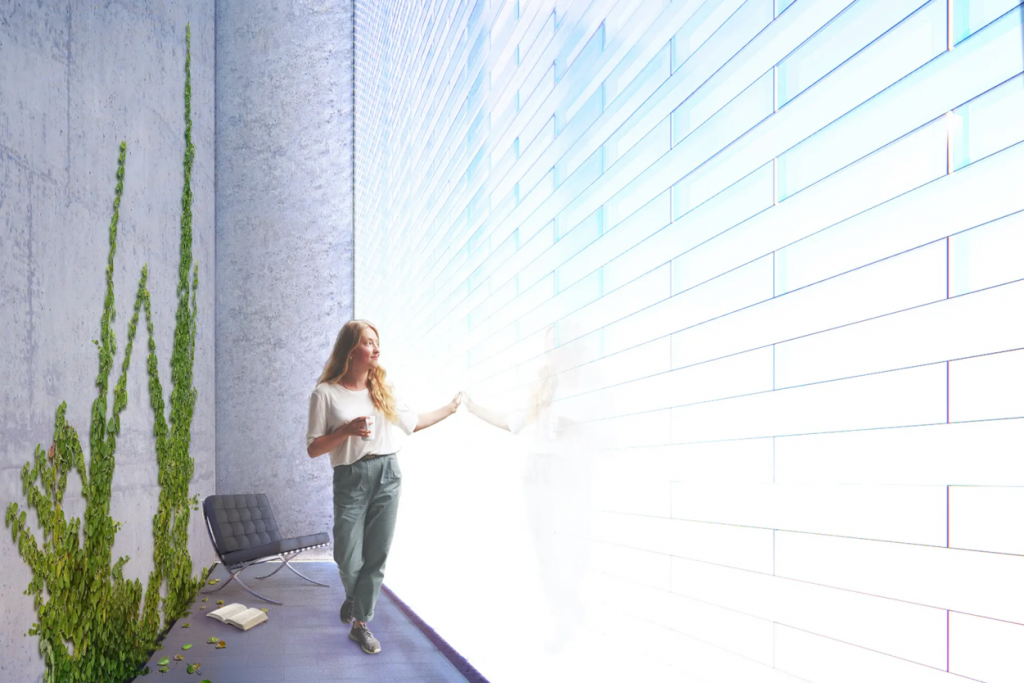A team of materials scientists from Empa and the Slovak University of Technology has developed a translucent and thermally insulating building component based on silica aerogel granules, which is called the aerogel glass brick.
Building envelopes of existing buildings can be improved to enhance energy efficiency and thermal comfort. Increasing the thickness of the insulation layer reduces the heating, ventilation, and air conditioning (HVAC) energy demands; however, it does not work for transparent façade elements, and thick insulation layers increase shadowing around the windows.
Therefore, a new envelope construction system that can reduce lighting and HVAC energy demands simultaneously would be an effective solution.

The researchers developed an aerogel glass brick with a high thermal insulation performance for its limited thickness. It increases solar gains, reduces the use of artificial light, and improves visual comfort. By using offset spacers between the glass panes within the glass brick, the researchers achieved this combination of strength, insulation, and light transmission, ensuring static stability with minimal heat transmission.
The aerogel glass brick has a measured thermal conductivity of 53 mW/m*K and a compressive strength of nearly 45 MPa. According to the researchers, this is the highest insulating performance of any brick in the technical literature, let alone on the market.
The aerogel glass brick is suitable for applications that require high daylight penetration, glare protection, and privacy protection, such as in offices, libraries, and museums. A building envelope made of such glass bricks couples the inside of the building with the outside in terms of daylight, which can positively affect the circadian rhythm of the building users.

Silica aerogels are high-performance thermal insulation materials that are becoming increasingly popular in the construction sector. The aerogel glass brick is an innovative development that can potentially revolutionize building envelope construction. It can simultaneously reduce lighting and HVAC energy demands, provide high daylight penetration, glare protection, and privacy protection, and improve the circadian rhythm of building users.
The team’s work was published in the Journal of Building Engineering.
Source: Empa


